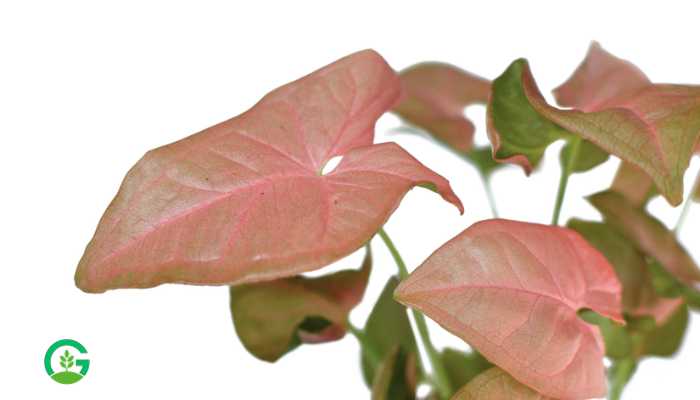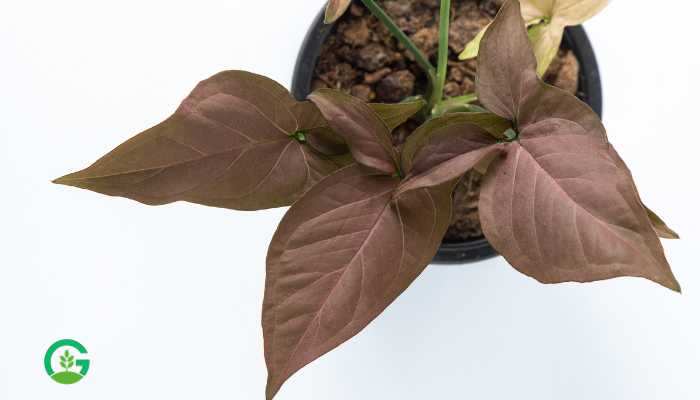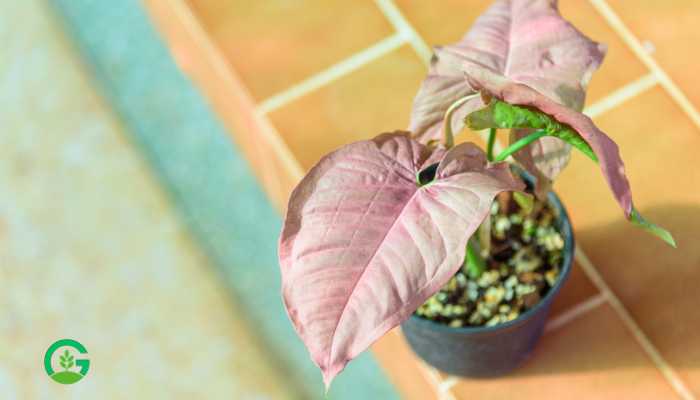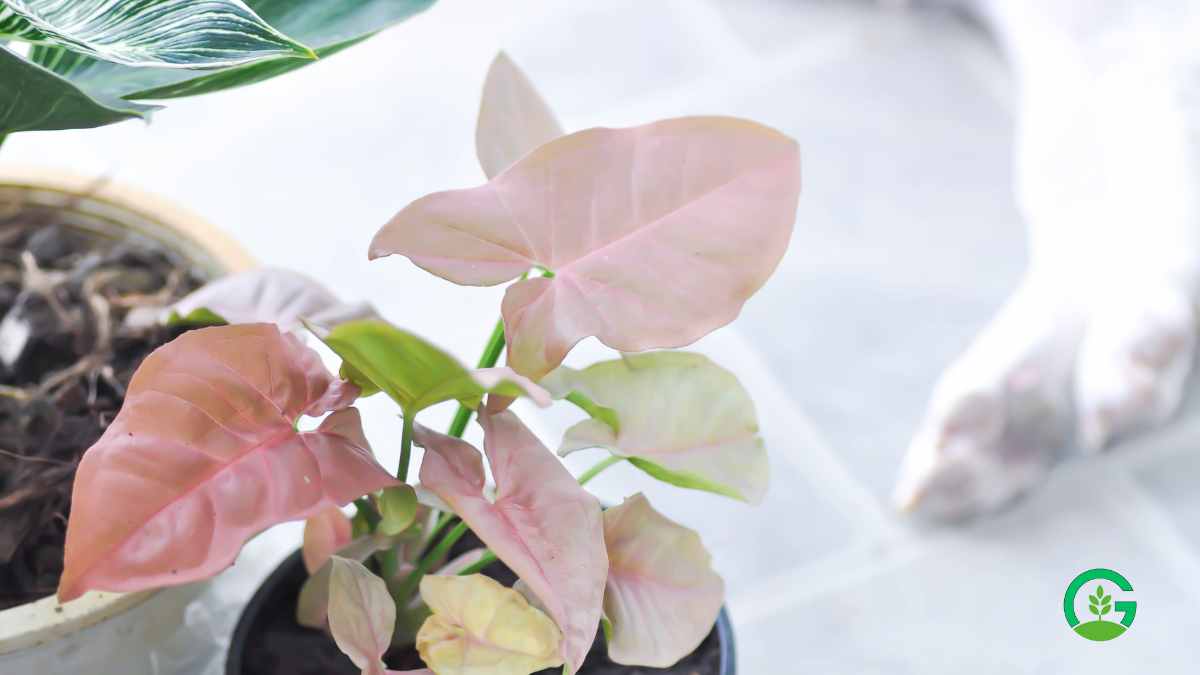Syngonium Pink Plant, with its charming pink-hued leaves, is a delightful addition to any indoor garden. If you’re looking to add a pop of color and a touch of nature to your living space, this plant is a perfect choice.
In this comprehensive guide, we’ll explore everything you need to know about growing and caring for Syngonium Pink Plant, from choosing the right soil to providing the optimal lighting conditions.
Syngonium Pink Plant Table of Contents
Introduction
Syngonium Pink Plant, also known as Arrowhead Plant, is renowned for its vibrant pink leaves and easy-going nature. Whether you’re a seasoned plant parent or just starting your green journey, caring for this beauty is a breeze. Let’s delve into the essential steps to ensure your Syngonium Pink Plant thrives.
Selecting the Right Pot
Choosing the right pot is crucial for the well-being of your Syngonium Pink Plant. Opt for a pot with drainage holes to prevent waterlogging, promoting healthy root growth. Additionally, select a pot that allows room for the plant to grow, but not excessively large, as it can lead to overwatering.

Choosing the Ideal Soil
Syngonium Pink Plant thrives in well-draining, nutrient-rich soil. A mix of potting soil, perlite, and peat moss creates the perfect environment for root development. Avoid heavy soils that retain water, as they can cause root rot.
Providing Proper Lighting
While Syngonium Pink Plant can tolerate low light conditions, it thrives in bright, indirect sunlight. Place your plant near a north or east-facing window to ensure it receives the ideal amount of light without being exposed to direct sunlight, which can scorch its delicate leaves.
Watering Requirements
Maintaining proper moisture levels is essential for the health of your Syngonium Pink Plant. Allow the top inch of soil to dry out between waterings, then water thoroughly until it drains from the bottom of the pot. Avoid overwatering, as it can lead to root rot.

Humidity and Temperature Needs
Syngonium Pink Plant enjoys moderate to high humidity levels, making it an ideal choice for bathrooms or kitchens. Aim for a temperature range between 60-80°F (15-27°C) to keep your plant happy and thriving.
Fertilizing Your Syngonium Pink Plant
During the growing season, fertilize your Syngonium Pink Plant once a month with a balanced, water-soluble fertilizer. Dilute the fertilizer to half strength to prevent fertilizer burn, and avoid fertilizing during the winter months when the plant is dormant.
Pruning and Propagation
Regular pruning helps maintain the shape and size of your Syngonium Pink Plant while encouraging new growth. Use clean, sharp scissors to remove any leggy or yellowing stems. Propagation is easy with Syngonium Pink Plant – simply take stem cuttings and place them in water until roots develop, then transfer to soil.

Common Pests and Diseases
Keep an eye out for common pests such as spider mites and aphids, especially in dry indoor environments. Treat infestations promptly with insecticidal soap or neem oil. Additionally, prevent fungal diseases by avoiding overwatering and providing adequate air circulation.
Tips for Healthy Growth
- Rotate Your Plant: Rotate your Syngonium Pink Plant regularly to ensure even growth and prevent it from leaning towards the light source.
- Clean the Leaves: Wipe the leaves of your plant with a damp cloth regularly to remove dust and keep them looking vibrant.
- Monitor for Signs of Stress: Keep an eye out for signs of stress such as wilting or yellowing leaves, and adjust care accordingly to prevent further damage.
Read More
Conclusion
Growing and caring for Syngonium Pink Plant is a rewarding experience that adds beauty and freshness to any indoor space. By following these simple guidelines, you can ensure your plant thrives and continues to delight for years to come.
Syngonium Pink Plant FAQs
How often should I water my Syngonium Pink Plant?
Water your Syngonium Pink Plant when the top inch of soil feels dry to the touch.
Can I grow Syngonium Pink Plant outdoors?
While Syngonium Pink Plant can tolerate outdoor conditions in tropical climates, it’s best suited for indoor growth in most regions.
Why are the leaves of my Syngonium Pink Plant turning yellow?
Yellowing leaves can indicate overwatering or nutrient deficiencies. Adjust your watering schedule and consider fertilizing your plant with a balanced fertilizer.
Is Syngonium Pink Plant toxic to pets?
Yes, Syngonium Pink Plant is toxic to pets if ingested. Keep it out of reach of curious pets and children.
Can I propagate my Syngonium Pink Plant in water?
Yes, Syngonium Pink Plant can be easily propagated in water by taking stem cuttings and allowing them to develop roots before transferring them to soil.
















